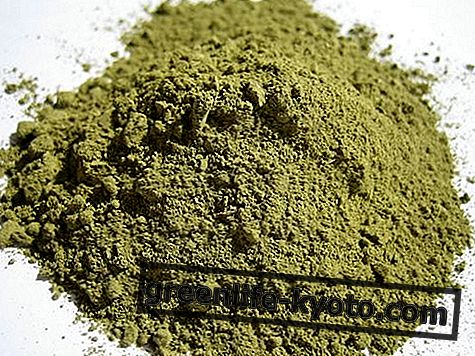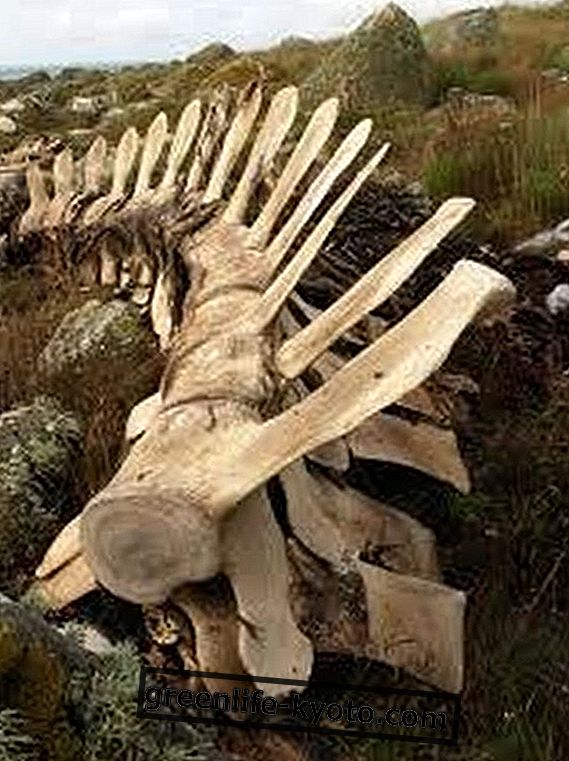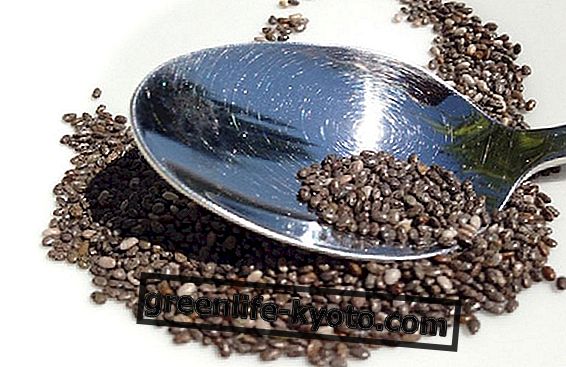
Ear catarrh is a common condition in children, but it can also occur in adults.
The formation of thick mucus called catarrh in the ear pathways is called in medical jargon effusive media. This term therefore indicates the presence of an inflammation in the middle part of the ear with the presence of mucus in the tympanic case.
The middle ear is formed by the eardrum and by the small bones that transmit sound, it is also in communication with the pharynx.
Effective otitis media is typical in children during infancy under 10 years of age and has been estimated to affect 80% of children at least once in their life. It is not a dangerous condition since in 65% of cases it has a spontaneous healing resolution without the use of medicines.
The symptoms of effusive otitis media
The manifestation of catarrh in the ears does not give any particular symptoms of pain or fever. However, it can influence hearing sensitivity by lowering the perception of sounds. This phenomenon is indicated by the term hypoacusis, that is, hearing weakening.
Other symptoms of this type of otitis are irritability especially in children also linked to short-term ear discomfort if the disease is of inflammatory origin. However, the symptoms are so mild that it is difficult to detect the appearance of catarrhal otitis in children.
In adults, this type of otitis can at most lead to problems with walking due to an alteration in the perception of balance and even dizziness and nausea can arise.
The causes of catarrh in the ears
The causes for catarrh in the ears is often linked to a previous inflammation or infection in the upper airways or to the presence of a pathology of acute otitis media that is healing by passing through effusive otitis media.
In fact usually the causes of the formation of catarrh in the ears can be of traumatic or infectious origin caused by viruses and bacteria that rise from the airways. The catarrh in the ears often originates after the presence of a flu, a cold or a sinusitis precisely because these ailments lead to the production of mucus that can stop in the ear and form phlegm.
The catarrh then becomes an excellent ground for the proliferation of viruses and bacteria with consequences for inflammation.
Certain forms of allergies such as allergic rhinitis are also causes of catarrh in the ears. It is clear that having a low or compromised immune system in its defensive functions is another risk factor for the appearance of catarrh in the ears.
The presence of smoke or other volatile elements of chemical synthesis originates the risk of phlegm formation both in the airways and in the ear.
Obviously any malformations in the respiratory tract, in the mouth and in the ear in particular at the Eustachian tube increase the risk of incidence for this pathology.
Natural anti-phlegm remedies
The presence of stagnant catarrh in the ear must be helped to come out to solve this pathology. Therefore the natural remedies able to fluidify the phlegm and expectorate it outside will be the most indicated together with the remedies with decongestant and anti-inflammatory abilities.
To dissolve the phlegm it is necessary to bring heat near the phlegm in order to make it more fluid and allow its mobility to the outside. The home remedies of the past used olive oil or almond oil which was lightly heated and driped into the ear with a cotton ball to keep in contact for at least 10 minutes.
This allowed the phlegm to be softened, facilitating its release . The chamomile oil is also excellent, as well as making the phlegm fluid, it also has anti-inflammatory properties.
Furthermore it is possible to make a cataplasm of clay at warm-warm temperature to be placed in contact on the ear. In fact, clay has antiseptic and bactericidal properties as well as exerting a fluid expectoration action towards the outside.
The fumigations with essential oils are excellent for inhaling water vapor mixed with essences such as eucalyptus, pine, thyme and mint. These plants have fluidifying, antiseptic and expectorant properties and thanks to the aerial inhalation through the nose they are able to dissolve the phlegm in the body and therefore also in the ears.
We can do the fumigations both with a mechanical aerosol and in a more homely way with a pot of hot water and a cloth on the head.
Keeping the sinuses free and clean is essential for resolving the catarrh in the ears because the ways are communicating and both in entrance and exit nose and ears must be free at this time to resolve this pathology.
There are also various ways to do ear washes and in our case the candle-like sticks that are lit to loosen the phlegm are excellent. They are sold in specialized stores such as herbalists and it will be sufficient to read the instructions on the label carefully.
Finally some advice on the right diet and how to sleep in case of catarrh in the ears:
> It will be useful to drink herbal teas and hot drinks as well as vegetable broths and soups because the heat facilitates the dissolution of phlegm.
> It will also be important to increase all the foods that support and activate the immune system such as foods rich in vitamin C (all citrus fruits, strawberries, kiwis, tomatoes, peppers, cabbage, spinach and broccoli) and antioxidants .
> It will be good to sleep a little raised with the presence of 2 pillows to help the spillage of the phlegm.













